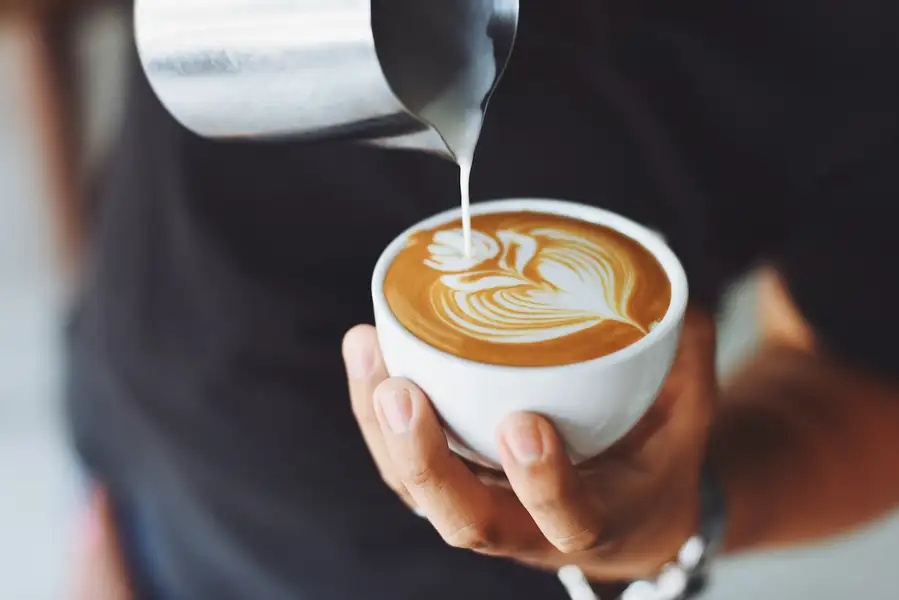Introduction
I get it: you want to brew the perfect cup of coffee. But how do you know if you’re brewing a good one? If you’re like most people, your answer is probably something along the lines of, “I don’t know.” That’s OK! Brewing the perfect cup isn’t easy—and it’s not supposed to be. The goal is simply to do everything in your power when brewing so that you can enjoy a delicious cup every time. If that sounds daunting but also exciting (because it really should!), then keep reading for tips on making sure every pot of joe comes out tasting just right.
Use good quality, freshly roasted coffee.
Freshly roasted coffee beans are essential for a great cup of coffee. When you buy a coffee bean, make sure it’s as fresh as possible by checking the packaging and finding out when it was roasted. Stale or old coffee won’t taste nearly as good!
Once you’ve got your beans home, it’s important to store them properly so that they stay fresh for longer. Store your beans in an airtight container (like an opaque mason jar) and keep them away from heat sources like water heaters or ovens–these can cause condensation on the container, which will affect its ability to keep moisture out of the bag/box/jar itself and thus affect the quality of your brew later on down the line!
Store your coffee in an airtight container.
The next time you buy coffee, stop for a moment and think about how long it’s been sitting around in an open bin. It’s probably been there for hours, if not days. The longer your beans sit out in the open air, the more they’re exposed to moisture and heat–and the more likely they are to go stale or lose their flavor.
The best way to store your coffee is in an airtight container away from light and moisture. A cool and dry place like this will help keep your fresh-roasted beans tasting fresh for as long as possible!
Invest in a burr grinder or use a blade grinder.
If you’re serious about brewing the best cup of coffee, invest in a burr grinder. Burr grinders are more consistent and create a better grind than blade grinders. They’re also better for espresso because they don’t heat the beans as much as blade grinders do (which can affect the taste), but they aren’t well suited for French press or cold brew methods since those require coarsely ground beans.
Blade grinders are less expensive than burr models and work well if all you want is drip coffee or pour-over style brews where consistency isn’t as important–but keep in mind that some experts say blades aren’t capable of producing any fine particle sizes at all!
Measure the number of beans you want to grind using a scale or measuring cup.
If you’re using a scale, put the beans in the bowl and then measure out how much coffee you want to grind. If you don’t have a scale, use a measuring cup instead: Fill it up with water until it’s about 80% full (this will account for the space taken up by your grounds), then pour that same amount of water into another vessel and measure it out again with your measuring cup or another tool. Once again, this will give you an accurate representation of how much liquid is in one cup of brewed coffee.
If all else fails and your only option is eyeballing measurements while trying not to spill anything all over yourself while doing so, well, good luck! Just try not to spill anything on yourself while trying not to eyeball measurements while brewing coffee at home!
Preheat your brewer before brewing your coffee.
A common mistake that many people make is to brew coffee in a cold brew. When you do this, it’s more likely that your coffee will be under-extracted and bitter. To avoid this problem and ensure the best possible cup of coffee, preheat your brewer by running hot water through it before brewing with fresh grounds.
Preheating also helps remove any buildup on the inside of your machine, so you get better-tasting coffee every time!
Brewing the perfect cup of coffee is an art
Brewing the perfect cup of coffee is an art. While it may seem simple, there are many ways to brew, and each method will produce a different result. The most important thing to remember is that you need the right equipment for the brewing method you choose–so don’t rush out and buy a fancy new French press just yet!
Experiment with different methods until you find one that suits your preferences best (or try them all!).
Conclusion
Let’s face it: coffee is a popular drink. You can find it in most restaurants and even in some grocery stores. But there are still plenty of people who brew their own at home every day. If you’re one of those people, then we’re here to help!

